Awakening Environmental Passion
Bill Dennison ·'Awakening Environmental Passion' refers to tapping the environmental passion created when people publicly say "I care about this place". This caring about a place comes from the heart, and environmental passion can create the motivation to accomplish change (hands) and persist to face of adversity (head). These heart, hands and head aspects of awakening environmental passion are key to an environmental campaign.
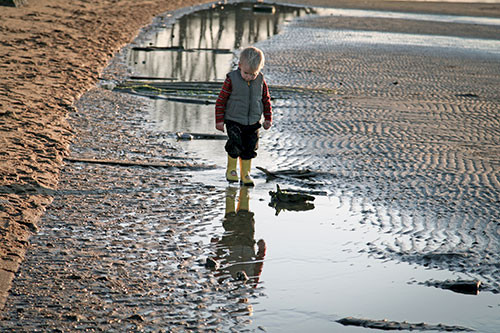
It is proving more difficult to develop environmental passion about a particular location due to increased personal mobility, decline in outdoor activities and perceptions of danger with unsupervised children. Yet, there are various approaches that can be taken to awaken environmental passion in spite of these challenges. The following table provides activities to address the hands, head and heart aspects of environmental passion through expression, experiences and excellence:
| Expressing | Experiencing | Excelling | |
| HANDS | Athletic; runs, swims, triathlons, walks, boat races | Stewardship; clean ups, tree planting, stream restoration | Completion; product release, report cards, legislation |
| HEAD | Intellectual; symposia, workshops, training | Learning; field trips, overflights, snorkel/dives | Influence; petitions, membership, demonstrations |
| HEART | Artistic; songs, paintings, sculptures, poetry | Nature; observe biota (fish, birds, flowers), phenomena (bioluminescence, night sky) | Acknowledgement; indirect (see or hear your words repeated), direct (awards, prizes) |
The expression of environmental passion can be kindled through a variety of different means. For the athletically inclined, having runs, swims, bike rides, triathlons, walks and boat races provide opportunities for people to experience nature in a social and/or competitive setting. The environmental message can be included in the course choice, advertising, and media opportunities. For the intellectually inclined, various symposia, workshops and training sessions can provide opportunities to gather people together to learn more about issues, share experiences and develop networks. For the artistically inclined, various songs, paintings, sculptures and poetry can celebrate environmental issues.

Environmental experiences can foster stewardship through clean up days, tree planting, stream restoration and other activities that result in improved environmental conditions. Deep learning experiences concerning the environment through guided and self-guided field trips, overflights or snorkeling and diving in aquatic habitats can also help create environmental passion, 'to know something well is to love it'. Simply observing nature in person can provide strong feelings, particularly when observing biota like birds, flowers or fish, or memorable occasions when observing unique phenomena like bioluminescence or sunsets.
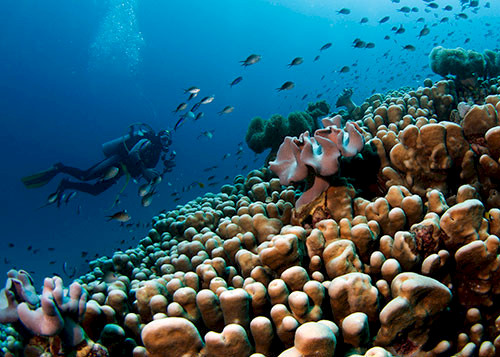
Creating a sense of excellence in environmental activities can provide motivation for practitioners. The satisfaction of completing specific tasks in a seemingly endless journey can be important, so celebrating the completion of various products (e.g., books, websites), report card releases, or legislation enacted provides participants with a sense of completion. The ability to influence other people and expand the impact of an environmental campaign is a measure of effectiveness. The use of petition drives or membership campaigns provides quantifiable measures in terms of people who have joined. Demonstrations or public events also can engage people in environmental campaigns. The acknowledgement of individual or group effort can be powerful motivators. Indirect acknowledgement, like hearing your own words repeated, and direct acknowledgement, like receiving awards or prizes, can motivate people well beyond the acknowledgement.
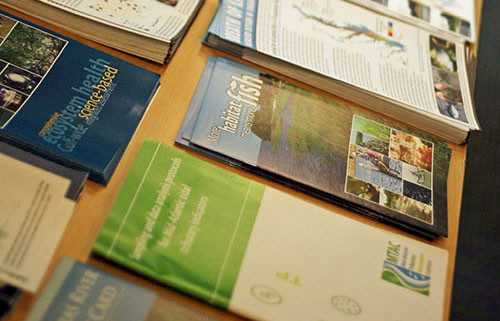
Various aspects of nature encounters can create visceral experiences, enhancing environmental passion. In terms of the hands (body), the feel of sand beneath your bare feet or warm, soft mud squeezing between your toes provides a strong connection with the earth. The feel of a rounded stone or a smooth piece of wood provides a tactile connection with inanimate objects, while petting an animal or smoothing the feathers of a bird provides a tactile connection with living beings. Smells of nature can also invoke strong memories and connections, like the aroma of flowers in bloom, crushed herbs, low tide at the beach, or the musk of wild animals. The sounds of nature like the call of the loon, the trumpeting of elephants, or wind through tree leaves, can evoke strong feelings as well. The taste of freshly picked fruit like berries or apples or honey from a beehive is memorable. The views of sunrise and sunset, moonrise, stars and planets in the night sky, distant mountain ranges, cloud formations and broad prairies create connections as well. There is also an exhilaration that comes with tapping natural forces for movement. Examples are the exhilaration created from surfing in ocean waves, sliding down snowy hills or sailing along the surface of the water. These experiences can be enhanced with technology (e.g., surfboards, skis, snowboards, sailboats), but the basic feeling of being aided by wind, water and gravity creates the exhilaration.
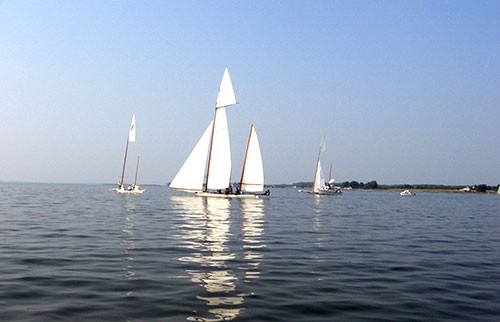
In terms of the head (mind), the act of discovery can create lasting memories. Coming upon an alpine lake, an underwater grotto or a group of animals is memorable. Discovering new insights into how nature works is also inspiring, such as learning what eats what or learning how plants and animals are connected. Understanding where you are in relation to other objects, particularly the celestial objects is inspiring, obtained when viewing the night sky. Understanding where you are in relation to the formation of the universe or earth or evolution of life on earth is humbling and awesome. Capturing the feeling that your life is but a short flicker of time in the immensity of the universe is a special moment and invokes the importance of looking after the planet during our lifetimes.
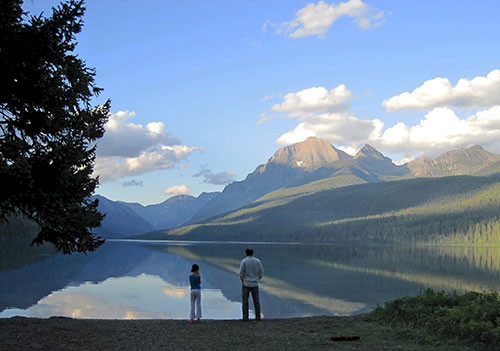
In terms of the heart (spirit), oneness with nature (or a deity) can be obtained with mediation, particularly when in quiet (unplugged) settings. Having quiet moments with natural viewsheds (e.g., mountain ranges, forest canopies, rocky outlooks) and natural soundscapes (e.g., ocean waves, birds chirping, wind blowing through leaves) can lift your spirit and create a connection with nature. The viewing of any of the seven natural wonders of the world can be a spiritual experience.
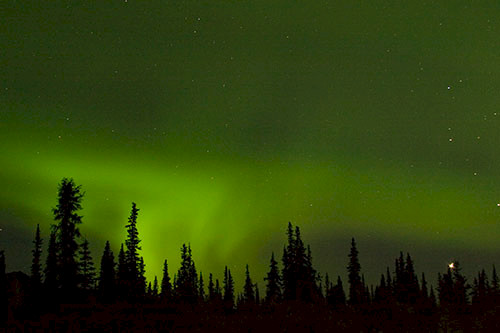
About the author
Bill Dennison

Dr. Bill Dennison is a Professor of Marine Science and Interim President at the University of Maryland Center for Environmental Science (UMCES).
Next Post > Do not go gently into that black abyss of Chesapeake Bay monitoring cuts
Comments
-
Lynette 10 years ago
Hello, this weekend is good designed for me, as this point
in time i am reading this fantastic informative piece of writing here at my residence.